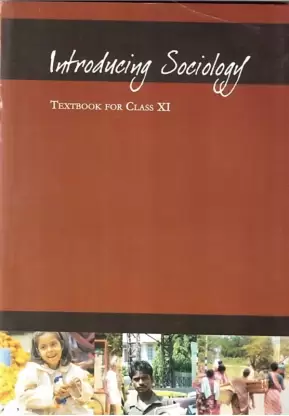Chapter 3 – Understanding Social Institutions Questions and Answers: NCERT Solutions for Class 11 Sociology(Introducing Sociology)
Class 11 Sociology(Introducing Sociology) NCERT book solutions for Chapter 3 - Understanding Social Institutions Questions and Answers.




